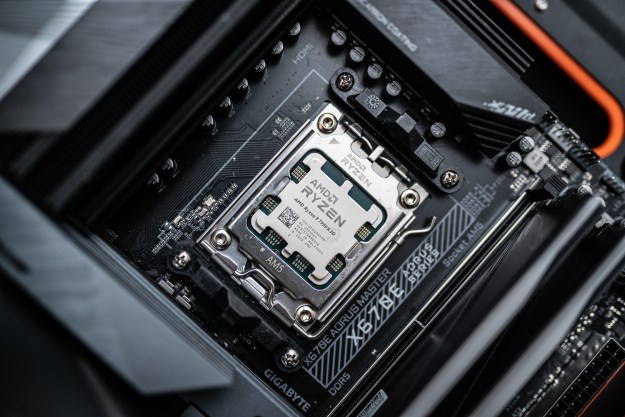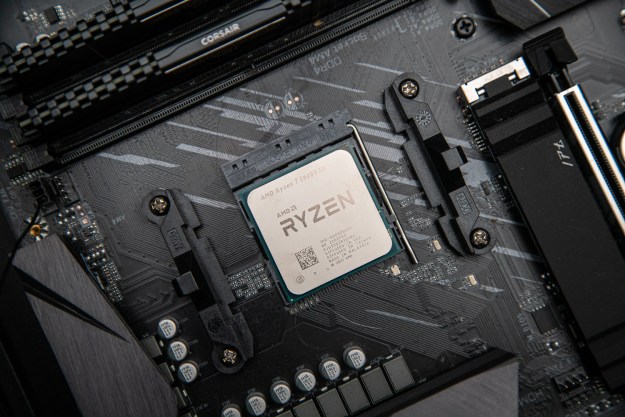
While many companies continue to make do with audio-only conference calls, or possibly ones where remote participants are stuck up on a video screen, Skype is hoping that one day it’ll be able to offer businesses technology that creates 3D holographic avatars, with participants – both present and remote – sitting around the same table.
Many years away?
Microsoft’s corporate vice-president for Skype, Mark Gillett, told the BBC this week that the company had recently achieved the futuristic-sounding scenario in a lab, although it could be many years before the technology is rolled out to businesses.
To many, it might sound like an awesome idea, though one can well imagine meetings in the early days making little progress as those present spend most of their time prodding and poking the hologram because “he looks like he’s really there.”
Job ad
A job ad posted back in April revealed Microsoft and Skype were in the midst of working on such technology.
The short-term goal, the ad said, was to “develop the hardware and software necessary to have a realistic physical ‘body-double’ or proxy in a remote meeting – one that gives the remote worker a true seat at the table, the ability to look around the room, turn to a colleague and have a side conversation.”
Gillett said the company’s lab-based work had looked at the potential of 3D screens and 3D capture.
“We‘ve seen a lot of progress in screens and a lot of people now buy TVs and computer monitors that are capable of delivering a 3D image,” the executive said. “But the capture devices are not yet there. As we work with that kind of technology you have to add multiple cameras to your computer, precisely calibrate them and point them at the right angle.”
Ecosystem of devices
Gillett said that now that his engineers have proved that such holographic avatar calls are possible, they’re now “looking at the ecosystem of devices and their capability to support it in order to make a decision when we might think about bringing something like that to market.”
3D of any kind has failed to really capture the public’s imagination up to now, so whether Skype’s technology would even be taken up were it to be rolled out is open to question, though most will admit it’d sure be fun to try out.
Editors' Recommendations
- The 6 best desktop PCs for 3D rendering in 2024
- Save $100 on this compact, multi-purpose home 3D printer
- What is a 3D printer, and how much do they cost?
- What is AMD 3D V-Cache? Extra gaming performance unlocked
- Sony’s new 3D display tech keeps getting bigger and better


